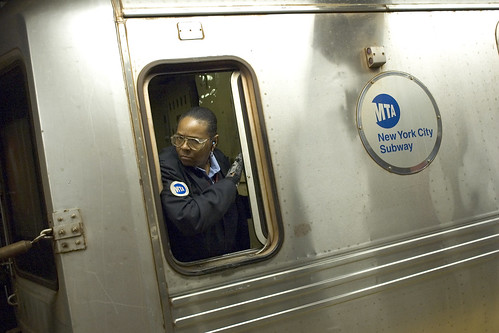Scoring the New Starts Report, from the Transit perspective
(Source: The Transport Politic)
The Federal Transit Administration releases its budget for FY ‘10, and recommends new transit capital projects
On Friday, the Obama Administration released details on its proposed budget for fiscal year 2010. The recommended appropriations affect each agency, and will have to be approved by Congress in a succession of relevant bills before they become law, but since Democrats control both the executive and legislative branches, there are likely to be few divergences from the President’s proposals.
The Federal Transit Administration’s budget will increase to $10.34 billion this year, up from $10.23 billion in FY 2009. These amounts were set in stone by the 2005 surface transportation bill, SAFETEA-LU, so there was little expectation that the President would propose massive increases in funding for public transportation. However, the budget significantly expands funding for New and Small Start transit capital projects, from $1.57 billion in ‘09 to $1.83 billion in ‘10. ARRA stimulus funds were included in FY ‘09.
Because the dedicated highway trust fund, which funds highways and transit and which relies on fuel tax revenues, is running out of cash as people drive less and automobiles become more frugal, the government needs a new source of funds for transportation. This year, as in 2008, the Hosue and Senate will likely have to divert general fund revenues to compensate, and the budget assumes that fact, proposing that a large percentage of both transit and highway money be appropriated directly by the Congress.
Along with the general budget, the Department of Transportation released itsannual New Starts Report. This document, which is well worth reading through if you have the time, documents the federal government’s commitment to funding new transit corridors in the United States. The FTA rated and recommended a number of new corridors for funding — five major New Starts projects and five Small Start projects in addition to several already announced over the past year.
| This Year’s FTA Project Ratings | |||||
| New Starts Recommended for FFGA | |||||
| Project | Total Cost | 2030 Riders (new) |
Starts Share | Rating | Federal $/Rider ($/New R) |
| Orlando, FL – Central Florida CR | $356 m | 7,400 (3,700) |
50% | MEDIUM | 24 k (48 k) |
| New York, NY – ARC CR | $8.7 b | 254,200 (24,800) |
34% | MED-HI | 12 k (119 k) |
| Sacramento, CA – South LRT II | $270 m | 10,000 (2,500) | 50% | MEDIUM | 14 k (54 k) |
| Houston, TX – North LRT | $677 m | 29,000 (7,500) |
49% | MEDIUM | 11 k (44 k) |
| Houston, TX – Southeast LRT | $681 m | 28,700 (4,500) |
49% | MEDIUM | 12 k (74 k) |
| New Starts In Limbo | |||||
| Project | Total Cost | 2030 Riders (new) |
Starts Share | Rating | Federal $/Rider ($/New R) |
| Boston, MA – Silver BRT III | $1.7 b | 85,900 (13,700) |
60% | MED-LOW | 12 k (74 k) |
| Miami, FL – Orange North HR II | $1.3 b | 22,600 (13,000) |
47% | MED-LOW | 27 k (47 k) |
Click here to read the rest of this interesting analysis (Note: It is a lengthy analysis too).




